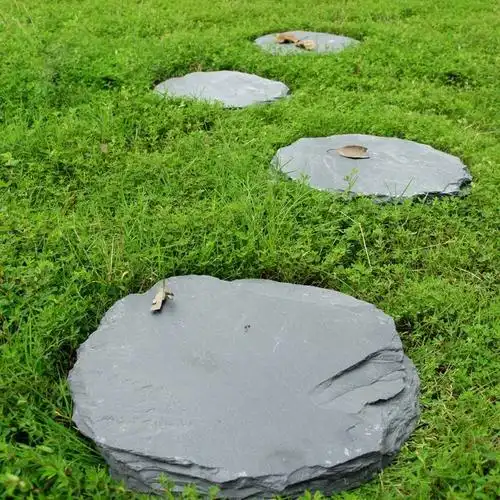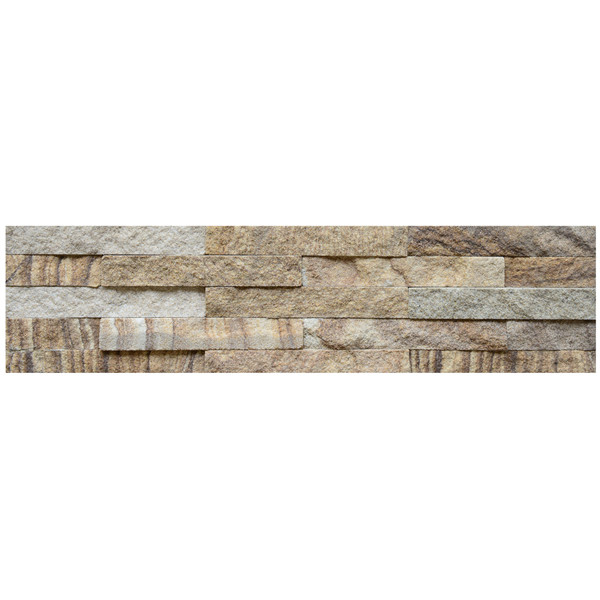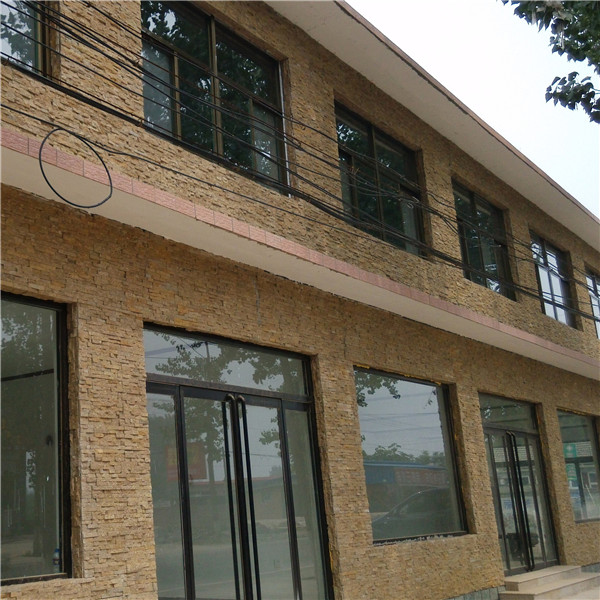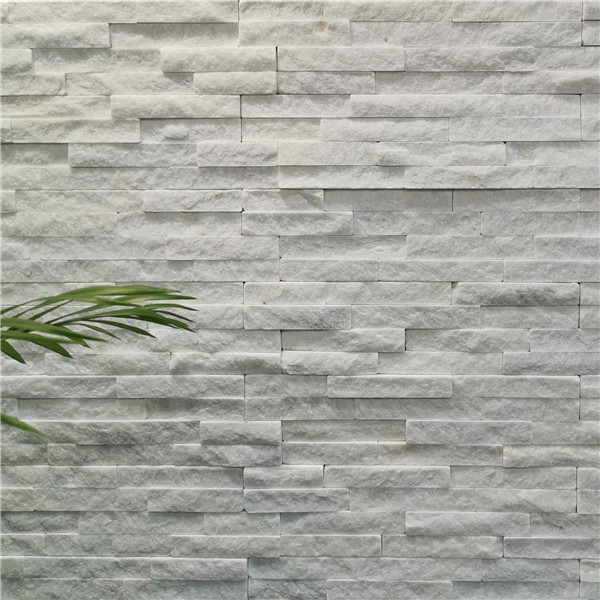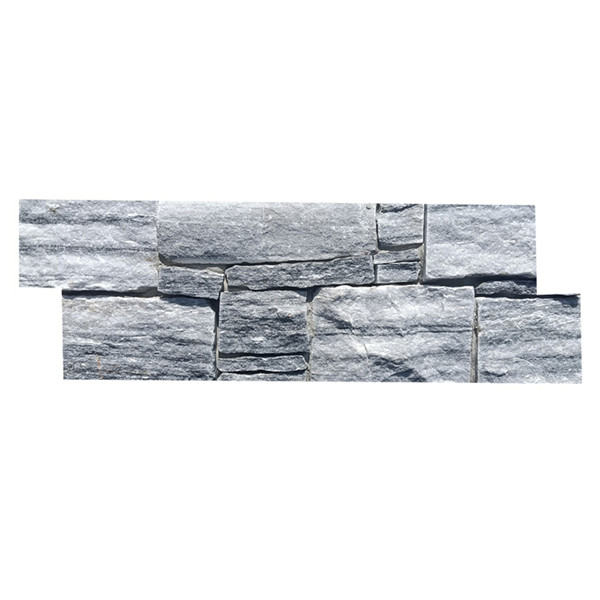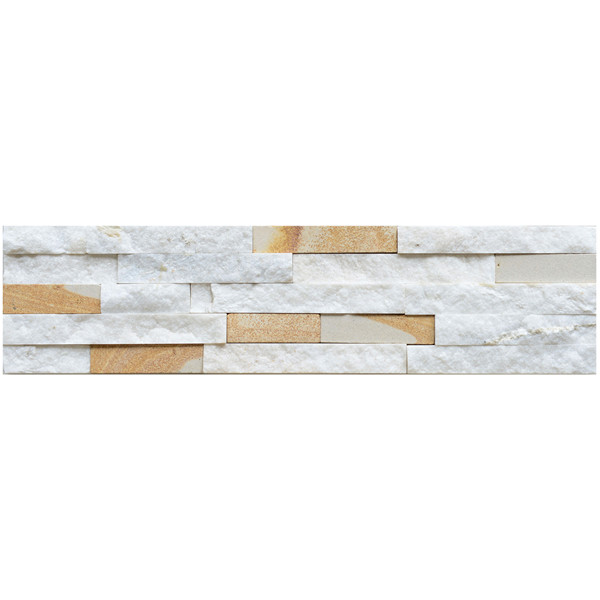Table of Contents
ToggleIntroduction to Cultured Stone
Cultured stone has become a buzzword in the world of home design and architecture. But what exactly is it about this material that has captured the imagination of homeowners and builders alike? Imagine walking into a room and feeling the warmth and timeless elegance of stone, yet knowing that what you’re looking at is not hewn from a quarry but crafted with precision. Cultured stone, often referred to as manufactured stone veneer, offers the aesthetic appeal of natural stone with added benefits that make it a compelling choice for both interior and exterior applications.
What is Cultured Stone?
At its core, cultured stone is a man-made product designed to replicate the look and feel of natural stone. It’s created using a blend of cement, lightweight aggregates, and iron oxides for coloring. This mixture is then molded into shapes that mimic natural stone, with meticulous attention to detail to ensure that each piece has a realistic texture and color variation.
Think of cultured stone as a chameleon in the world of building materials. Unlike natural stone, which can be limited by its inherent characteristics, cultured stone can be tailored to fit a wide range of styles and applications. Whether you’re aiming for the rugged charm of a rustic cabin or the sleek sophistication of a modern loft, cultured stone can adapt to your needs.

Advantages of Cultured Stone
Choosing cultured stone over natural stone or other building materials offers several distinct advantages. These benefits highlight why cultured stone is not just a practical choice but also a strategic one for enhancing the beauty and functionality of a space.
Durability and Longevity
One of the primary reasons homeowners and builders opt for cultured stone is its durability. Built to withstand the test of time, cultured stone is resistant to cracking, chipping, and weathering. Imagine a material that can brave the elements as steadfastly as a mountain, yet requires minimal maintenance. That’s the promise of cultured stone. It stands resilient against harsh weather conditions, making it suitable for both interior and exterior use.
Cost-Effectiveness
Another significant advantage of cultured stone is its cost-effectiveness. Natural stone can be expensive due to the costs associated with quarrying, cutting, and transporting heavy materials. In contrast, cultured stone offers a more budget-friendly alternative without compromising on the aesthetic appeal. It’s like getting the look of luxury without the luxury price tag. This affordability opens up possibilities for homeowners to use cultured stone in places where natural stone might be cost-prohibitive.
Versatility in Design
Cultured stone’s versatility is where it truly shines. With an array of colors, textures, and shapes to choose from, homeowners have the freedom to customize their designs to suit personal tastes and architectural styles. It’s like having a painter’s palette for your home, allowing you to express your vision with precision. Whether you’re aiming for a traditional look with stacked stone or a more modern aesthetic with smooth, clean lines, cultured stone can be adapted to achieve your desired effect.
How Cultured Stone is Made
Understanding how cultured stone is made can enhance your appreciation of its qualities and potential uses. The manufacturing process combines artistry with science to create a product that is both beautiful and functional.
The Manufacturing Process
The journey of cultured stone begins with the creation of molds from natural stones. These molds capture the intricate textures and patterns found in nature. Next, a carefully formulated mix of cement, lightweight aggregates, and color pigments is prepared. This mixture is poured into the molds and allowed to set, capturing the detail and texture of natural stone.
Once the stones are removed from the molds, they undergo a curing process to ensure they reach the necessary strength and durability. This is akin to letting a fine wine age to perfection—time is an essential ingredient in achieving the final product’s quality. The result is a stone veneer that looks remarkably like the real thing but offers enhanced performance characteristics.
Materials Used in Production
The ingredients used in cultured stone are carefully selected to ensure quality and longevity. High-quality cement forms the backbone of the product, providing strength and structural integrity. Lightweight aggregates are incorporated to reduce the overall weight of the stone, making it easier to handle and install.
Iron oxides are used to provide rich, natural-looking colors that mimic those found in authentic stone. These pigments are durable and fade-resistant, ensuring that the stone maintains its vibrant appearance over time. The combination of these materials results in a product that is not only beautiful but also capable of withstanding the rigors of everyday use.
Applications of Cultured Stone
Cultured stone’s adaptability makes it suitable for a wide range of applications, both inside and outside the home. Its aesthetic versatility means it can complement various design styles, enhancing the overall look and feel of a space.
Interior Design Uses
Inside the home, cultured stone can be used to create stunning focal points that draw the eye and add character to a room. One popular application is the use of cultured stone for fireplaces. A cultured stone fireplace can serve as a dramatic centerpiece, providing warmth and visual interest. It’s like bringing a piece of nature indoors, creating a cozy and inviting atmosphere.
Cultured stone can also be used for accent walls, adding texture and depth to a room. Whether in a living room, dining area, or even a bedroom, an accent wall made of cultured stone can transform an ordinary space into something extraordinary. Additionally, cultured stone can be used in kitchens as backsplashes or islands, offering a durable and stylish alternative to traditional materials.
Exterior Applications
On the exterior of the home, cultured stone is often used to enhance curb appeal. It can be applied to facades, garden walls, and even as cladding for columns. Picture your home’s exterior as a blank canvas, with cultured stone adding color and texture that elevates its appearance. This material is ideal for creating a welcoming and sophisticated look that reflects your personal style.
Cultured stone can also be used for outdoor living spaces, such as patios and outdoor kitchens. Its weather-resistant properties make it an excellent choice for these areas, providing a durable and attractive surface that can withstand the elements.
Comparing Cultured Stone with Natural Stone
When considering cultured stone, it’s natural to compare it with its counterpart—natural stone. Both materials have their own set of characteristics, advantages, and potential drawbacks. Understanding these differences can help you make an informed decision that best suits your needs.
Aesthetic Differences
Natural stone is celebrated for its unique patterns and colors, each piece telling its own geological story. The allure of natural stone lies in its unpredictability and the sense of history it brings to a space. When you choose natural stone, you are essentially bringing a slice of the Earth’s surface into your home, complete with its organic variations.
Cultured stone, on the other hand, offers consistency and predictability. Its colors and textures can be precisely controlled during the manufacturing process, allowing for uniformity across large installations. This can be particularly advantageous in projects where a cohesive look is desired. It’s like choosing between a bespoke art piece and a meticulously crafted replica—each has its place depending on the aesthetic you wish to achieve.
Performance and Maintenance
In terms of performance, cultured stone often has the upper hand when it comes to maintenance. It is less porous than natural stone, which means it is more resistant to stains and easier to clean. This quality is particularly beneficial in areas prone to spills and splashes, such as kitchens and bathrooms.
Moreover, cultured stone is lighter than natural stone, which can simplify installation and reduce structural load. This can be a critical factor in renovations or projects where weight is a concern. Installing cultured stone can be likened to assembling a puzzle with pieces that fit together seamlessly—it’s designed for ease of use without compromising on visual appeal.
Environmental Impact
In today’s world, sustainability is a key consideration in any building project. Cultured stone is often viewed as a more environmentally friendly option compared to natural stone. The production of cultured stone requires less energy, and because it is lighter, it reduces transportation costs and emissions.
Additionally, some manufacturers produce cultured stone using recycled materials, further reducing its environmental footprint. This makes cultured stone an appealing choice for eco-conscious homeowners looking to minimize their impact on the planet. It’s akin to choosing a sustainably sourced product over one that depletes natural resources—every little choice contributes to a larger goal of environmental stewardship.
Installation Tips for DIY Enthusiasts
Embarking on a DIY project with cultured stone can be a rewarding experience. With the right tools and knowledge, you can transform a space and achieve professional-looking results. Here are some tips to get you started.
Tools You’ll Need
Before you begin, gather all the necessary tools to ensure a smooth installation process. You’ll need a trowel, mortar, a level, and a saw designed for cutting stone. Having the right tools is like preparing your ingredients before cooking a gourmet meal—everything should be within reach to make the process efficient and enjoyable.
Step-by-Step Installation Guide
- Prepare the Surface: Ensure that the surface you’re working on is clean, dry, and free of any debris. If you’re working on an exterior wall, consider applying a moisture barrier to protect against the elements.
- Mix the Mortar: Follow the manufacturer’s instructions to mix the mortar to the desired consistency. It should be thick enough to hold its shape but not too dry.
- Apply Mortar: Use the trowel to apply a layer of mortar to the surface and the back of each cultured stone piece. This double application ensures a strong bond.
- Set the Stones: Begin placing the stones from the bottom and work your way up, pressing each piece firmly into the mortar. Use spacers to maintain even gaps between the stones.
- Fill the Joints: Once the stones are set, fill the joints with additional mortar using a grout bag or a trowel. Smooth the joints for a polished finish.
- Curing: Allow the mortar to cure properly before exposing the installation to any stress or weather conditions. This is a crucial step, much like letting freshly painted walls dry completely before hanging pictures.
By following these steps, you can achieve a professional-looking cultured stone installation that enhances the beauty and value of your home.
Trends in Cultured Stone Design
As with any design element, trends in cultured stone are constantly evolving. Keeping up with these trends can help ensure that your home remains stylish and up-to-date.
One current trend is the use of cultured stone in unexpected places, such as bathrooms and even ceilings. These applications add an element of surprise and sophistication to a space, turning ordinary rooms into extraordinary experiences.
Another trend is mixing different textures and colors of cultured stone to create intricate patterns and designs. This approach allows for a high degree of personalization, making a space truly unique. It’s like creating a custom mosaic that reflects your personality and design sensibilities.
Conclusion: Is Cultured Stone Right for You?
In conclusion, cultured stone offers a versatile and cost-effective alternative to natural stone, with the added benefits of durability, ease of maintenance, and a wide range of design options. Whether you’re considering a small accent wall or a large-scale exterior project, cultured stone provides the flexibility to meet your needs and preferences.
Ultimately, the decision to use cultured stone should be based on your specific project requirements, budget, and personal taste. Consider how you want your space to look and feel, and weigh the advantages of cultured stone against other materials. Whatever you choose, remember that your home is a canvas, and cultured stone is just one of the many tools available to help you create your masterpiece.
By understanding the benefits and applications of cultured stone, you can make an informed decision that enhances the beauty and functionality of your home. Enjoy the process of designing and transforming your space with this remarkable material.




